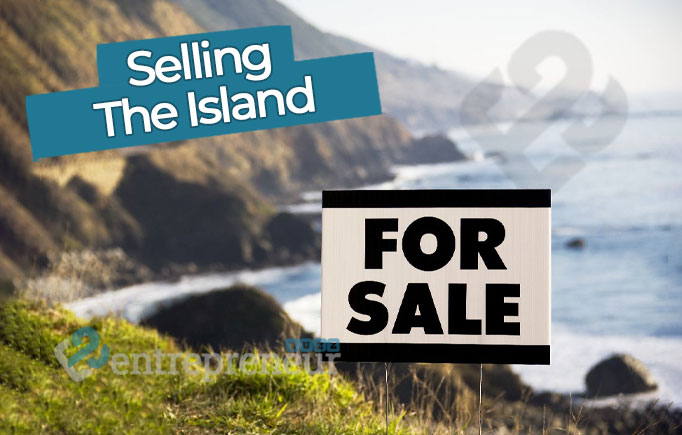Selling an island is a unique challenge that requires a special kind of real estate agent. It’s not just about finding the right buyer and making the sale, but also about navigating complex legal issues, such as zoning laws, land tenure and property taxes.
Selling an island can take anywhere from a few weeks to several years. In some cases, the process can be made easier by listing your island on one of the many online marketplaces for private islands or by hiring a real estate agent who specializes in island sales.
Selling an island is a process that requires time, patience and of course, money.
Check out the top 5 tips on how to sell an island:
1) Research the market: Before you even think about selling your island, it’s essential to research the market and see what others are selling for. You can do this by searching online or checking what other islands in your area have been sold for.
2) List your property: Once you’ve done some research, it’s time to list your property on websites such as find islands where other people looking to buy islands will find it. Make sure you put up plenty of pictures so potential buyers can get an idea of what they’re getting themselves into!
3) Get advice: Selling an island can be tricky because there are so many factors involved that go beyond just putting up a few photos and hoping for the best. If you want to make sure your listing gets seen by as many people as possible then consider hiring a professional estate agent who knows everything there is to know about selling islands!
4) Be realistic about your asking price: When deciding on how much money you want for your island, try not to be unrealistic about how much it’s worth because it.
More about island property selling
A lot of people have dreams of owning their own island. But how do you go about selling an island?
If you’re looking to sell your island, it’s important to understand that there are two types: private islands and commercial islands. A private island is one that is owned by an individual or small group of individuals. A commercial island is a large tract of land that has been developed for tourism, resorts and other amenities.
The first step in selling an island is finding out what it’s worth. This can be difficult since there aren’t any standard methods for calculating the value of an island.
Private islands are typically sold by the acre, but this isn’t always the case. For example, if you have a private island in Florida with a large beachfront on it, then it could be more valuable per square foot than an acre elsewhere in Florida where there’s no beachfront at all.
Commercial islands are usually sold by square feet or acres because they tend to be larger than most private islands and have more amenities that need accounting for when determining value — such as golf courses or hotels — which makes them harder to calculate than simply measuring by acreage alone as we do with private islands
What to consider before selling an island
There are a number of things to consider when selling an island. If you’re planning to sell your island, there are many factors to consider. Here are some tips for making the process as easy and profitable as possible.
Know your market
First and foremost, it’s important to know who your audience is and what they’re looking for. If you’re selling an island that has been uninhabited for many years, you may want to consider advertising it as such (and perhaps even planting some trees or other greenery). If you’re selling a more developed property with its own infrastructure, buyers might be interested in knowing about its history and how it came about — especially if it’s not something most people have access to otherwise.
Investigate what similar properties have recently sold for
In order to get a good idea of what a reasonable asking price might be, look at recent sales in the area or similar properties on the market. You can often find this information on public databases like Zillow or Trulia but also ask local real estate agents what they’ve seen recently in terms of prices and sales volume.

